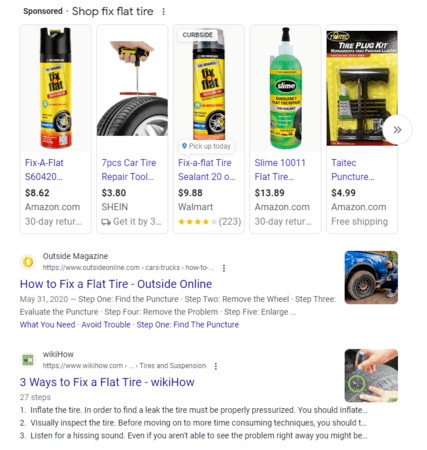Search engine optimization (SEO) can seem daunting, but you absolutely can learn it on your own! DIY SEO involves managing all aspects of optimization in-house, from keyword research and website optimization to rank tracking and analytics setup. This guide provides a comprehensive roadmap to learning SEO independently.
8 Steps to Mastering SEO on Your Own
This eight-step plan outlines the essential components of a successful DIY SEO journey:
1. Set Up Analytics
Before diving into optimization, establish a strong foundation with analytics tools like Google Analytics 4, Google Search Console, and Google Tag Manager. These platforms provide crucial data on website traffic, user behavior, keyword performance, and technical issues. Thoroughly understand how to install and utilize these tools effectively.
2. Conduct a Comprehensive SEO Audit
Utilize a free SEO tool like Screaming Frog to audit your website. Identify on-page issues (e.g., missing title tags), technical problems (e.g., canonicalization errors), and branding inconsistencies. Prioritize fixing critical issues that hinder indexing or affect high-value pages.
3. Master Keyword Research
Keywords are the cornerstone of SEO. Focus on long-tail keywords (3-4 words) that are relevant to your audience and business offerings. Understand search intent (informational, transactional, etc.) to target keywords that drive conversions. Leverage tools like Google Keyword Planner, SEO.com, and FAQ Fox to uncover valuable keywords.
4. Optimize Your Website Content
Create user-friendly content that incorporates your target keywords naturally. Avoid keyword stuffing. Enhance content with multimedia (images, videos) and establish a style guide for consistent optimization. Focus on providing valuable information to your audience.
5. Improve Internal Linking
Internal links are crucial for website navigation and SEO. They help users and search engines explore your site, distribute link equity, and improve user experience. Use descriptive anchor text and ensure each page has relevant internal links.
6. Build High-Quality Backlinks
Earning backlinks from reputable websites significantly boosts your SEO. Focus on creating high-quality content that others want to share. Promote your content on social media and conduct outreach to relevant industry professionals and publications. Never buy backlinks.
7. Track Your Progress
Monitor your SEO performance with analytics tools. Track keyword rankings, organic traffic, conversions, and other relevant metrics. Use platforms like Google Analytics and Search Console to measure your success and identify areas for improvement.
8. Never Stop Learning
SEO is constantly evolving. Stay updated on the latest trends, algorithm changes, and best practices. Follow reputable SEO blogs, forums, and industry experts to continuously expand your knowledge.
FAQs about Learning SEO Yourself
What is SEO?
SEO stands for search engine optimization, the practice of optimizing websites to rank higher in search engine results pages (SERPs).
What are the types of SEO?
The main types are on-page SEO (optimizing website content), off-page SEO (building backlinks), and technical SEO (improving website infrastructure).
What are the best SEO tools for beginners?
Google Analytics, Google Search Console, Screaming Frog, and Google Keyword Planner are excellent starting points.
Is it difficult to learn SEO on your own?
The difficulty depends on your existing knowledge, time commitment, and website complexity. However, with dedication and the right resources, anyone can learn SEO.
How long does it take to see results from DIY SEO?
SEO is a long-term strategy. Expect to see noticeable results within 6-12 months of consistent effort.
Take Control of Your Online Presence with DIY SEO
Learning SEO empowers you to optimize your website, attract more organic traffic, and achieve your online goals. While challenging, DIY SEO offers a rewarding journey towards online success. Commit to continuous learning and leverage the available resources to become your own SEO expert.

